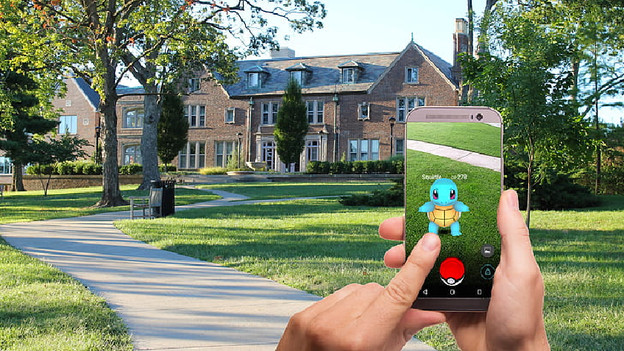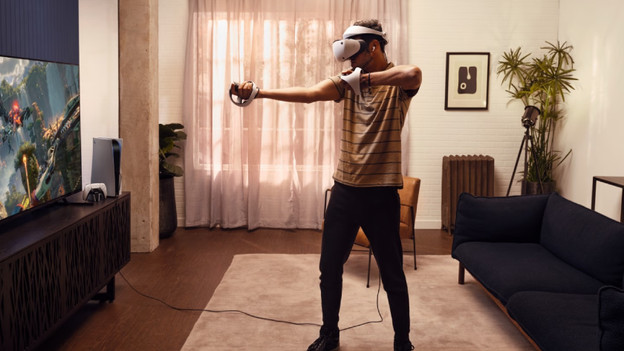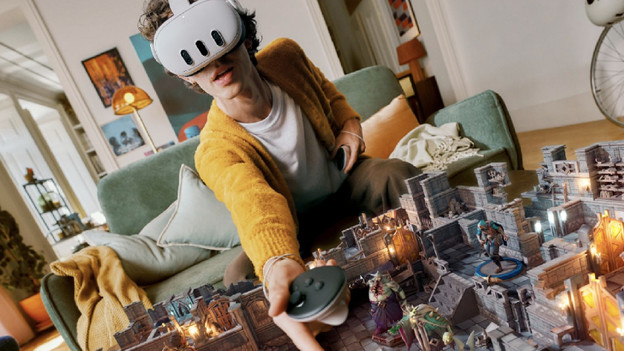
Written by Prescious
Edited on
12 March 2024
·
16:01
What's the difference between augmented, mixed, and virtual reality?
Virtual reality, augmented reality, and mixed reality sound the same, but they're not. These are 3 different technologies that show you things that aren't there. In this article, we'll explain the differences between VR, AR, and MR. We'll also tell you which technology to use in which situation.
Comparison between augmented reality, virtual reality, and mixed reality
| Augmented Reality | Virtual Reality | Mixed Reality | |
|---|---|---|---|
| Completely in a virtual environment | No | Yes | No |
| Additional information and updates that float through the air | Yes | No | No |
| Computer graphics and the real world work together | No | No | Yes |
| Moves along with your field of view | Yes | Yes | No |
| Interaction with the real world | Yes | No | Yes |
| Graphically as realistic as possible | No | Yes | Yes |
Augmented, virtual, and mixed reality

Augmented Reality
With augmented reality, you place digital objects in the real world. You can do this via apps on your phone or with an AR headset. With an AR headset, you have a transparent piece of glass in front of your eyes. For example, you can see a weather update appear without it getting in the way. Or have a temperature or a speedometer floating in front of you when you're on your bike. One of the best-known AR apps for your phone is Pokémon Go, where you place a Pokémon in the real world.

Virtual Reality
Virtual reality is a technology that creates a 3D world around you. A virtual reality headset registers every movement of your head with sensors and cameras. This means that you look to the left in the 3D world when you turn your head to the left. Virtual reality build an entire world around you, 360 degrees. This means that you can look upwards, downwards, and behind you.

Mixed Reality
Mixed reality headsets are a combination of augmented and virtual reality. Realistic 3D images appear in the real world. This is how you build a LEGO castle in your living room with 3D bricks. Or place a virtual TV on the wall that will always be there when you watch TV. With a mixed reality headset, you can quickly switch between augmented and virtual reality.
Article by Prescious
VR Expert.
